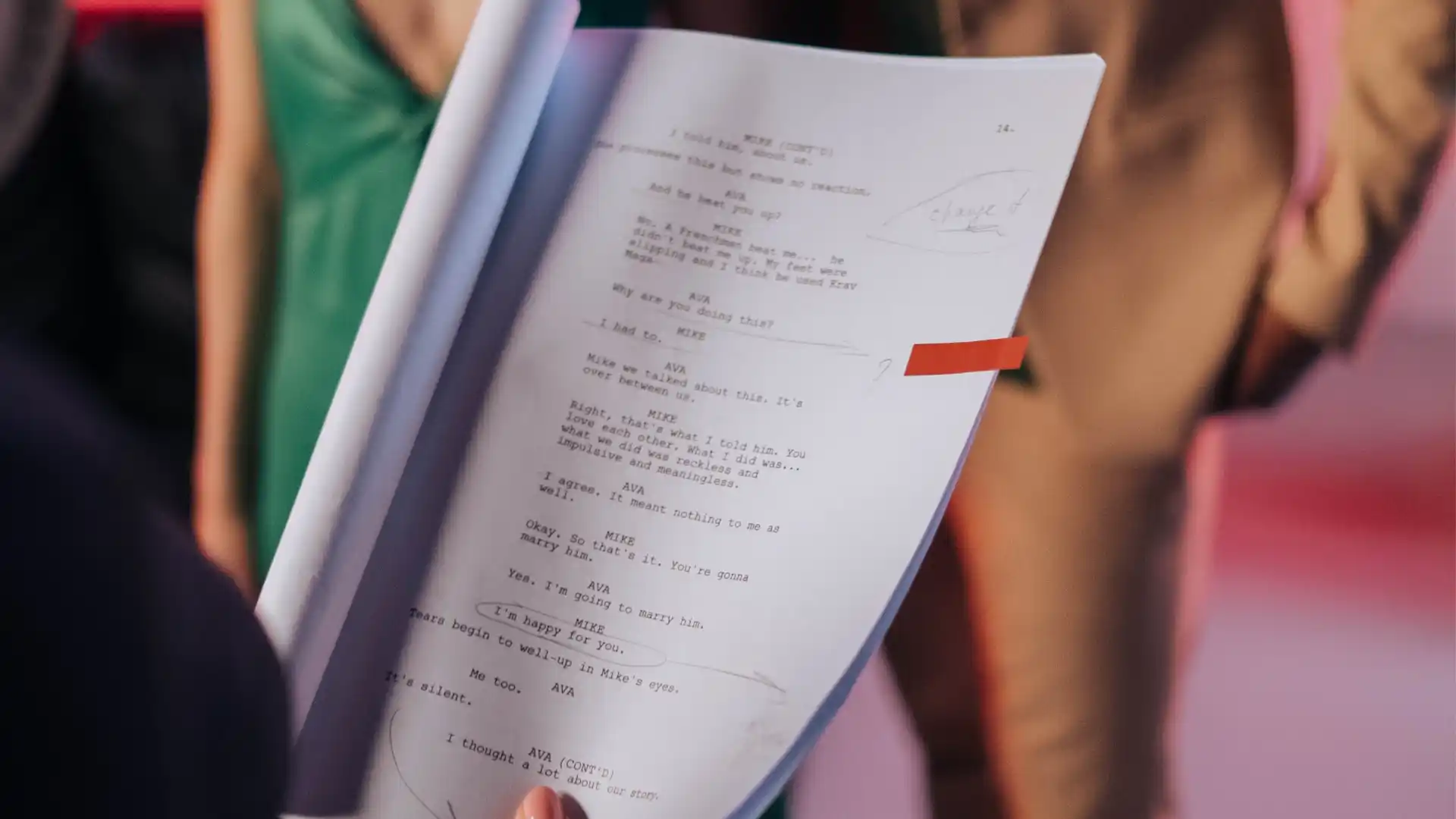The psychology of color in animated films plays a pivotal role in storytelling, evoking emotions, setting the tone, and enhancing the overall narrative. Colors have the power to communicate themes, convey character traits, and influence the audience’s emotional response.
Understanding the impact of different colors on viewers is essential for animators, filmmakers, and storytellers to create visually compelling narratives that resonate with audiences on a deep level.
1. Color Theory and Emotions
Color theory is the cornerstone of understanding how colors can influence emotions in animated films. Different colors evoke distinct psychological effects on viewers. Warm colors like red, orange, and yellow are known to convey energy, passion, and excitement, while cool colors such as blue and green create a sense of calmness and tranquility.
By strategically utilizing colors in their storytelling, animators can manipulate emotions and enhance the viewing experience.
2. Symbolism in Color
Color symbolism is a powerful tool used in animated films to convey deeper meanings and themes. Specific colors are often associated with particular concepts or ideas, allowing filmmakers to communicate complex messages visually.
For instance, the color red commonly represents passion, love, and danger, while blue is often linked to trust, tranquility, and sadness. Incorporating color symbolism enriches the narrative, adding layers of depth and meaning to the storytelling.
3. Character Development Through Color
Colors play a significant role in character development within animated films. The colors associated with characters reflect their personality traits, motivations, and story arcs. Villains are often portrayed in dark, menacing colors like black and purple, symbolizing negative qualities, while heroes are depicted in bright, heroic colors like red and blue, representing virtuous characteristics.
Using color to visually represent characters effectively communicates their essence and enhances the audience’s connection to the story.
4. Cultural Considerations
Considering cultural factors when using color in animated films is essential. Colors can hold varied meanings and associations across different cultures, evoking diverse emotions or responses based on cultural backgrounds.
Being mindful of these cultural nuances is crucial to creating inclusive and resonant storytelling experiences for diverse audiences. Understanding the cultural significance of colors ensures that the work resonates with viewers from various cultural backgrounds.
5. Color Harmony and Composition
Creating visual harmony through color is vital for crafting visually appealing and cohesive scenes in animated films. Understanding color theory and how colors interact is key to achieving balance and unity in compositions.
Animators commonly use techniques like complementary colors, analogous colors, and monochromatic color schemes to create visually striking and harmonious visuals that captivate the audience’s attention and enhance the overall aesthetic of the film.
6. Case Studies of Color Usage
Analyzing color usage in iconic animated films provides valuable insights into how colors can be effectively utilized to enhance storytelling and evoke emotions. For example, in Disney’s “The Lion King,” warm, earthy tones create a sense of nostalgia and warmth, while dark, ominous colors convey danger and suspense.
In Pixar’s “Inside Out,” each character’s emotions are represented by specific colors, enabling the audience to connect with the characters on a deeper emotional level. These case studies highlight the power of color in conveying emotions and enriching the narrative of animated films.
7. Future Trends in Color Usage
Advancements in technology and emerging artistic techniques continue to shape the use of color in animated films. Digital animation tools and software provide animators with unprecedented flexibility to experiment with color, lighting, and visual effects, pushing the boundaries of storytelling and captivating audiences in innovative ways.
The future of color in animated films holds limitless possibilities for creating immersive and visually stunning worlds that engage and inspire viewers.
Conclusion
The psychology of color in animated films is a powerful tool that enhances storytelling by evoking emotions, conveying themes, and developing characters. Understanding color theory, symbolism, and cultural nuances allows animators and filmmakers to create visually compelling narratives that resonate deeply with diverse audiences.
As technology advances, the use of color in animation will continue to evolve, offering limitless possibilities for innovative and immersive storytelling experiences.
Key Takeaways:
- Color is crucial in animated storytelling, helping evoke emotions, set the tone, and enhance the narrative.
- Color theory influences viewer emotions, with warm colors (red, orange, yellow) conveying energy and excitement, and cool colors (blue, green) evoking calmness and tranquility.
- Color symbolism adds deeper meaning, with colors like red representing passion and danger, and blue symbolizing trust and sadness, enriching the story.
- Character development is influenced by color, with heroes often in bright, positive tones and villains in dark, menacing hues, visually representing their traits.
- Cultural considerations are essential, as colors hold different meanings across cultures, requiring sensitivity to ensure inclusivity and resonance with diverse audiences.
- Color harmony enhances composition, with techniques like complementary and monochromatic color schemes creating visually appealing and balanced scenes.
- Case studies from films like “The Lion King” and “Inside Out” illustrate effective color usage, enhancing the emotional depth and impact of storytelling.
- Advancements in technology are expanding color usage, offering animators new tools to create immersive, visually stunning animations that captivate viewers.
By mastering color harmony and composition, animators can create visually appealing scenes that captivate viewers. To enhance your skills in animated filmmaking, consider exploring the NYU Animation Industry Essentials online course and certificate program offered by Yellowbrick.








